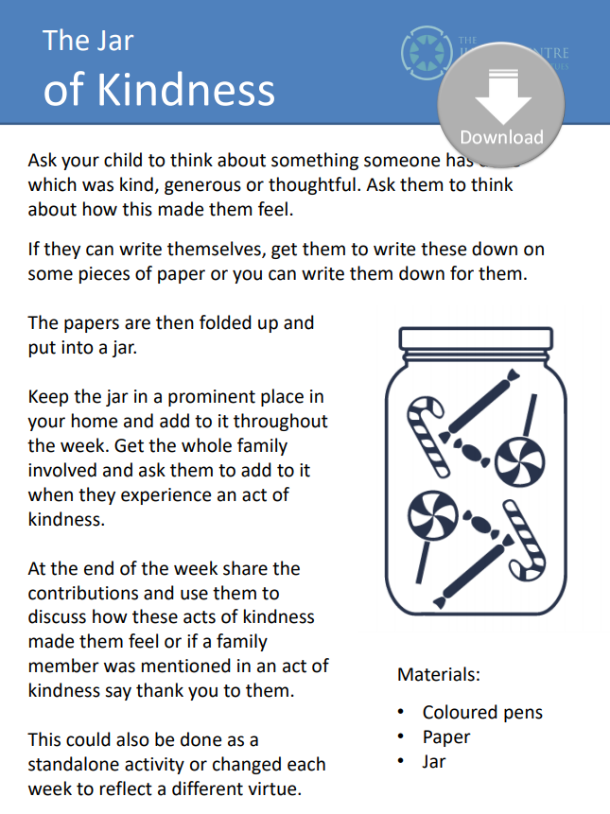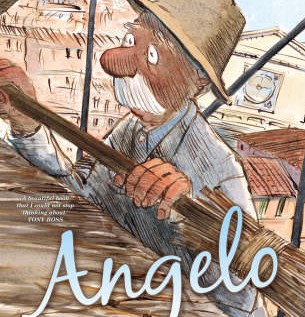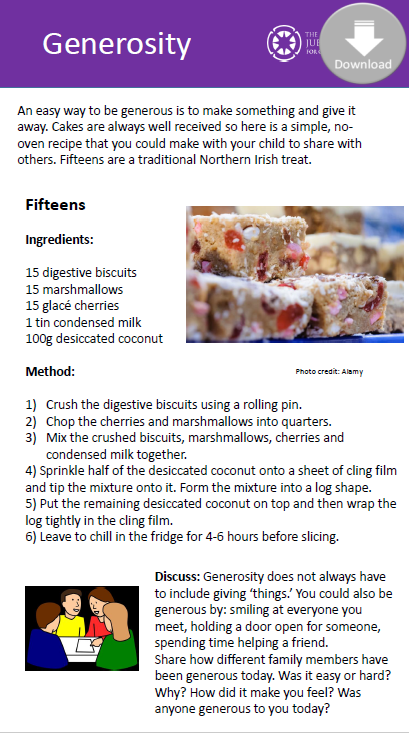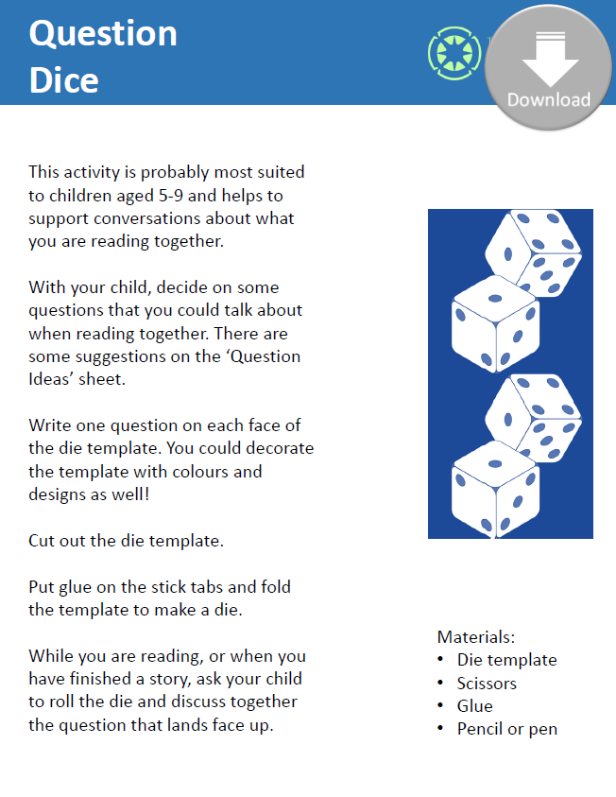Compassion means exhibiting care and concern for each other and gratitude reflects feeling and expressing thanks for kindnesses shown to you. Below is a collection of activities and books that reflect compassion and/or kindness.
The Jar of KindnessThe Jar of Kindness helps children to reflect on kindness by giving them opportunities to think about how kindness has affected them and how others’ acts of kindness have made them feel. |
 |
|||
The Gratitude ChainThe Gratitude Chain gives children a chance to thank those they feel gratitude towards. Parents/guardians can write the messages for younger children, or children can complete the writing task themselves after discussion |
 |
|||
The Bear CaveParents/guardians and children are encouraged to watch a short film together which highlights compassion to provide inspiration for the child’s own story and to start discussing virtues. The John Lewis 2013 advert, The Bear and the Hare, and talking through what the story might be about and the range of virtues it highlights. Parents/guardians can then help children plan their stories using the bear cave story planner. |

 |
|||
A Library of LemonsThe following resources are based on Jo Cotterill’s A Library of Lemons. The book shows how important compassion is, especially in difficult circumstances. Parents/guardians and children can reflect on kindness and resilience together using the structured questions tailored to the book’s content. They can also plan and write a letter together using the letter template. |
   |
|||
LOVEThe book ‘LOVE’ by Matt de la Pena and Loren Long, beautifully shows how love and compassion may happen unexpectedly and vary depending on context. Parents/guardians can help children compose their own poem to reflect love, using the poetry planner. To help with this, we have written some questions on LOVE to help parents/guardians and children to reflect on some of the themes raised by the book. For younger children we have written an acrostic poem as an example they can use for inspiration. For older children, we encourage them to write their own free verse. Both groups can use our bordered paper to add a little decoration to their poems. |
  |
|||
Courage means having the strength and will to know what you should do even though you may be afraid. Below is a collection of books that contain characters that have shown courage as well as stories which acknowledge how difficult it can be to show courage when something scares or frightens you.
Generosity is the virtue of being kind and generous. Below is a collection of books that contain characters that have shown generosity in different contexts.
Honesty means being truthful and sincere to those around you as well as to yourself. Below is a collection of books that reflect honesty in different contexts and situations.























